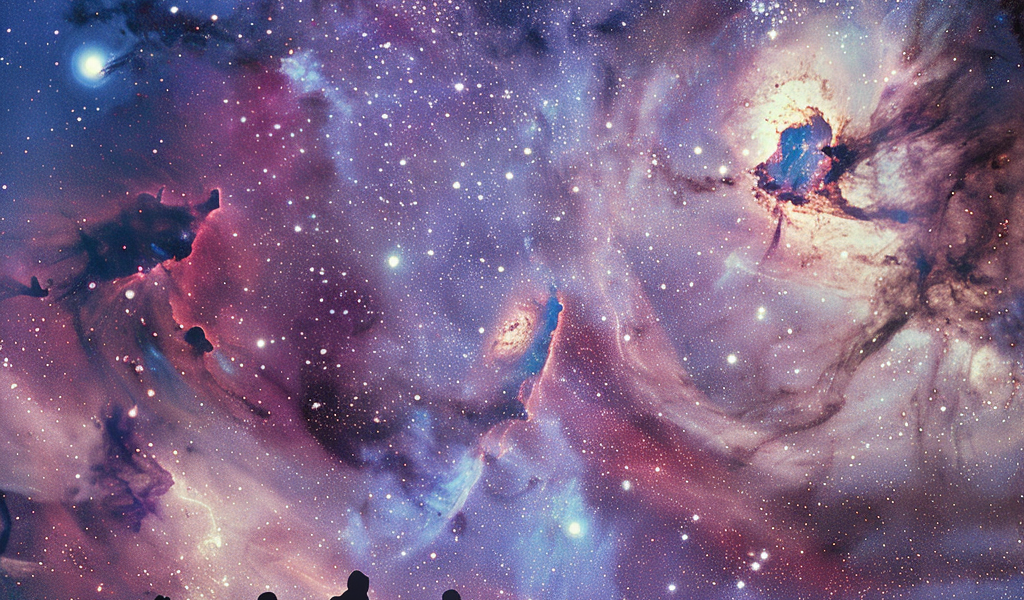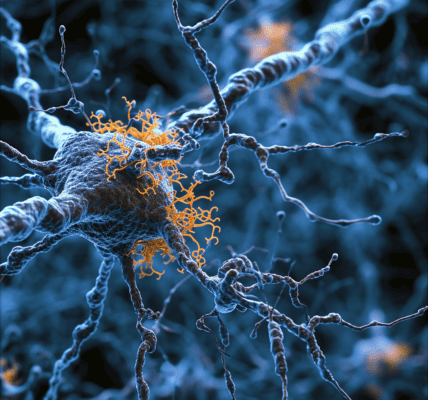In recent years, the field of cosmology has been experiencing a significant upheaval, as scientists grapple with the implications of new observations that challenge the long-standing standard model of the universe. This model, which has been the cornerstone of cosmological understanding since the mid-20th century, outlines a universe composed of approximately 68.3% dark energy, 26.8% dark matter, and merely 4.9% ordinary matter. While this framework has proven successful in explaining a wide range of astronomical phenomena, recent findings suggest that it may not be as comprehensive as once thought.
The standard model, often referred to as the “concordance model,” has been widely accepted due to its ability to account for various cosmic observations, including the distribution of galaxies and the primordial abundance of light elements such as helium and deuterium. One of the most compelling pieces of evidence supporting this model is the cosmic microwave background (CMB), the afterglow of the Big Bang, which provides a snapshot of the universe when it was just 380,000 years old.
However, as new data emerges, the discrepancies between the predictions of the standard model and actual observations have sparked intense debate within the scientific community. Some researchers argue that these inconsistencies could signify a need to revise our understanding of the universe, potentially leading to groundbreaking discoveries in physics. The question on everyone’s mind is whether we are approaching a tipping point that could redefine cosmology.
Recent studies have highlighted several areas where the standard model falls short. For instance, the accelerated expansion of the universe, attributed to dark energy, raises questions about the nature of this mysterious force. Additionally, the existence of massive early galaxies challenges the standard model’s predictions about galaxy formation and evolution. The observed “clumpiness” of matter in the universe also poses a dilemma, as the model suggests a more uniform distribution than what is observed.
As these controversies unfold, the scientific method remains central to the process of inquiry. Discrepancies and debates are not uncommon in science; they often serve as catalysts for deeper exploration and understanding. The current state of cosmology is no exception, as researchers strive to reconcile observational data with theoretical frameworks.
One of the most pressing issues is whether the recent observations are the result of bias in measurement or whether they truly indicate flaws in the standard model. As teams of astronomers and physicists work to gather more precise data, the future of cosmology hangs in the balance. Will new observations confirm the existing model, or will they necessitate the introduction of new physics?
The implications of this inquiry extend far beyond academic circles. A deeper understanding of the universe could reshape our fundamental concepts of reality and our place within it. As researchers continue to investigate these cosmic mysteries, the potential for groundbreaking discoveries looms large.
In the coming years, advancements in technology and observational techniques will play a crucial role in addressing these questions. Observatories and space missions are poised to provide new insights into the nature of dark energy, dark matter, and the overall structure of the universe. As data accumulates, the scientific community will be better equipped to evaluate the validity of the standard model.
In summary, the current state of cosmology presents an exciting yet uncertain landscape. The ongoing debates and investigations signal a transformative period in our understanding of the universe. Whether the standard model will withstand the scrutiny of new observations or give way to a new paradigm remains to be seen, but one thing is clear: the quest for knowledge about our cosmos is far from over.





